
Kitchen
How Long Does a Kitchen Remodel Take?
04.01.2025
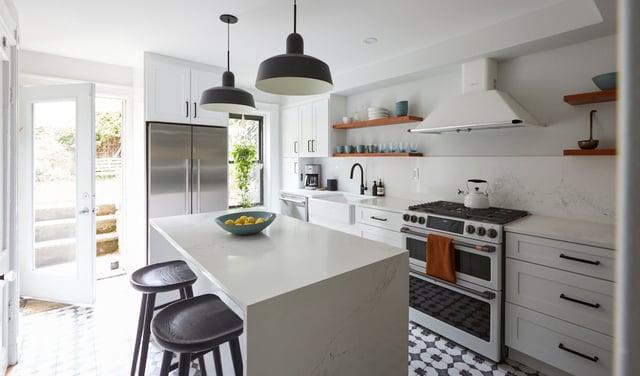
In This Article
Replacing your kitchen floor in 2025 is a significant investment that can dramatically enhance the aesthetics and functionality of your space. The cost of this project varies based on several factors, including the choice of flooring material, kitchen size, labor rates, and additional expenses such as subfloor preparation and removal of existing flooring. This comprehensive guide will help you navigate these considerations to make an informed decision.
Replacing a kitchen floor is more than just selecting a material—it involves a combination of factors that determine the overall price. Understanding these elements will help you budget effectively and avoid unexpected expenses.
The choice of flooring material is the most significant cost determinant. Different materials vary in price, durability, maintenance requirements, and aesthetic appeal. Budget-friendly options like vinyl and laminate cost significantly less than high-end materials such as natural stone or solid hardwood. Additionally, some materials require special adhesives or underlayment, which can further affect costs.
The size of your kitchen directly impacts the cost of materials and labor. A larger kitchen requires more flooring material, increasing both supply and installation costs. Additionally, the layout of your kitchen plays a role—complex layouts with islands, nooks, or irregularly shaped spaces may require additional cutting, customization, and installation time.
Labor costs vary based on the type of flooring, regional rates, and installation difficulty. Some materials, such as floating vinyl planks or laminate, are relatively simple to install and may be DIY-friendly, reducing labor expenses. However, flooring options like tile, hardwood, and natural stone require professional installation due to their complexity. Intricate patterns, grout work, and detailed cutting around cabinetry can further increase labor costs.
Learn More: How Much Does It Cost to Remodel Your Kitchen in 2025?
Before installing new flooring, the subfloor must be in good condition. If your subfloor is uneven, damaged, or has moisture issues, it will need repairs or replacement, which adds to the overall expense. Some flooring materials, such as tile and hardwood, require a completely level and stable subfloor to prevent future issues like cracking or warping.
The cost of removing your old kitchen floor depends on the type of material and how it was installed. For example, peeling up old vinyl or laminate is relatively quick and inexpensive, while removing tile or glued-down hardwood can be labor-intensive and costly. If your existing flooring contains hazardous materials like asbestos (common in older homes), professional removal services will be required, significantly increasing the overall cost.
Beyond the primary flooring material, additional costs may arise from necessary accessories such as:
Where you live affects flooring costs due to variations in material availability, shipping expenses, and local labor rates. Urban areas with higher costs of living typically have more expensive contractor fees than rural locations. Additionally, hiring a specialized contractor for high-end flooring types may come at a premium.
Choosing a standard installation versus a custom pattern will also impact your budget. Herringbone or chevron tile layouts, inlays, or mixing multiple flooring types for a unique look will increase installation costs due to the extra labor required.
The upfront cost of your flooring is important, but so is the long-term maintenance. Some flooring materials, such as tile and vinyl, require minimal upkeep, while hardwood and natural stone may need periodic refinishing or sealing. Factoring in maintenance costs can help you determine the true lifetime cost of your flooring choice.
In some areas, replacing a kitchen floor may require permits, especially if structural subfloor repairs or modifications are involved. If you're unsure, check with your local municipality to determine if additional permit fees or inspections are required before starting your project.

Here's a detailed look at various flooring materials suitable for kitchens, along with their average costs per square foot, including both materials and installation:
Cost: $4 – $5.50 per sq.ft.
Overview: Vinyl flooring is a budget-friendly and durable option, offering water resistance and a variety of styles that mimic more expensive materials. It's particularly popular in kitchens due to its resilience and ease of maintenance.
Pros:
Cons:
Cost Example: For a 200 sq.ft. kitchen, the cost would range from $800 to $1,100.
Cost: $6 – $8.50 per sq.ft.
Overview: Cork is an eco-friendly flooring option that provides a soft, comfortable surface underfoot. It's naturally resistant to mold and mildew, making it suitable for kitchens.
Pros:
Cons:
Cost Example: For a 200 sq.ft. kitchen, the cost would range from $1,200 to $1,700.
Cost: $6 – $13 per sq.ft.
Overview: Laminate flooring offers the appearance of hardwood at a more affordable price point. It's relatively easy to install and maintain.
Pros:
Cons:
Cost Example: For a 200 sq.ft. kitchen, the cost would range from $1,200 to $2,600.
Cost: $7.50 – $24.50 per sq.ft.
Overview: Hardwood flooring adds timeless beauty and value to a home. However, it requires proper maintenance to withstand the kitchen environment.
Pros:
Cons:
Cost Example: For a 200 sq.ft. kitchen, the cost would range from $1,500 to $4,900.
Cost: $11 – $29 per sq.ft.
Overview: Tile flooring is durable, water-resistant, and available in a wide range of styles. It's a popular choice for kitchens but can be cold and hard underfoot.
Pros:
Cons:
Cost Example: For a 200 sq.ft. kitchen, the cost would range from $2,200 to $5,800.
Cost: $14.50 – $27.50 per sq.ft.
Overview: Natural stone flooring offers a unique and luxurious appearance. It's durable but requires sealing to prevent stains.
Pros:
Cons:
Cost Example: For a 200 sq.ft. kitchen, the cost would range from $2,900 to $5,500.
Replacing your kitchen floor in 2025 is an investment that enhances both the functionality and aesthetic appeal of your space. The total cost depends on factors such as the flooring material, kitchen size, labor rates, and any necessary subfloor repairs. Vinyl and laminate offer budget-friendly options, while hardwood, tile, and natural stone provide high-end durability and luxury.
Understanding the costs and benefits of each material will help you make an informed decision based on your budget and lifestyle needs. Before finalizing your choice, consider consulting with a professional installer to get an accurate quote and ensure a high-quality installation. With the right flooring, your kitchen can be both stylish and practical for years to come.
What is the cheapest kitchen flooring option?
How much does it cost to install a 200 sq.ft. kitchen floor?
Is hardwood flooring a good choice for a kitchen?
How long does it take to replace a kitchen floor?
Can I install kitchen flooring myself to save money?
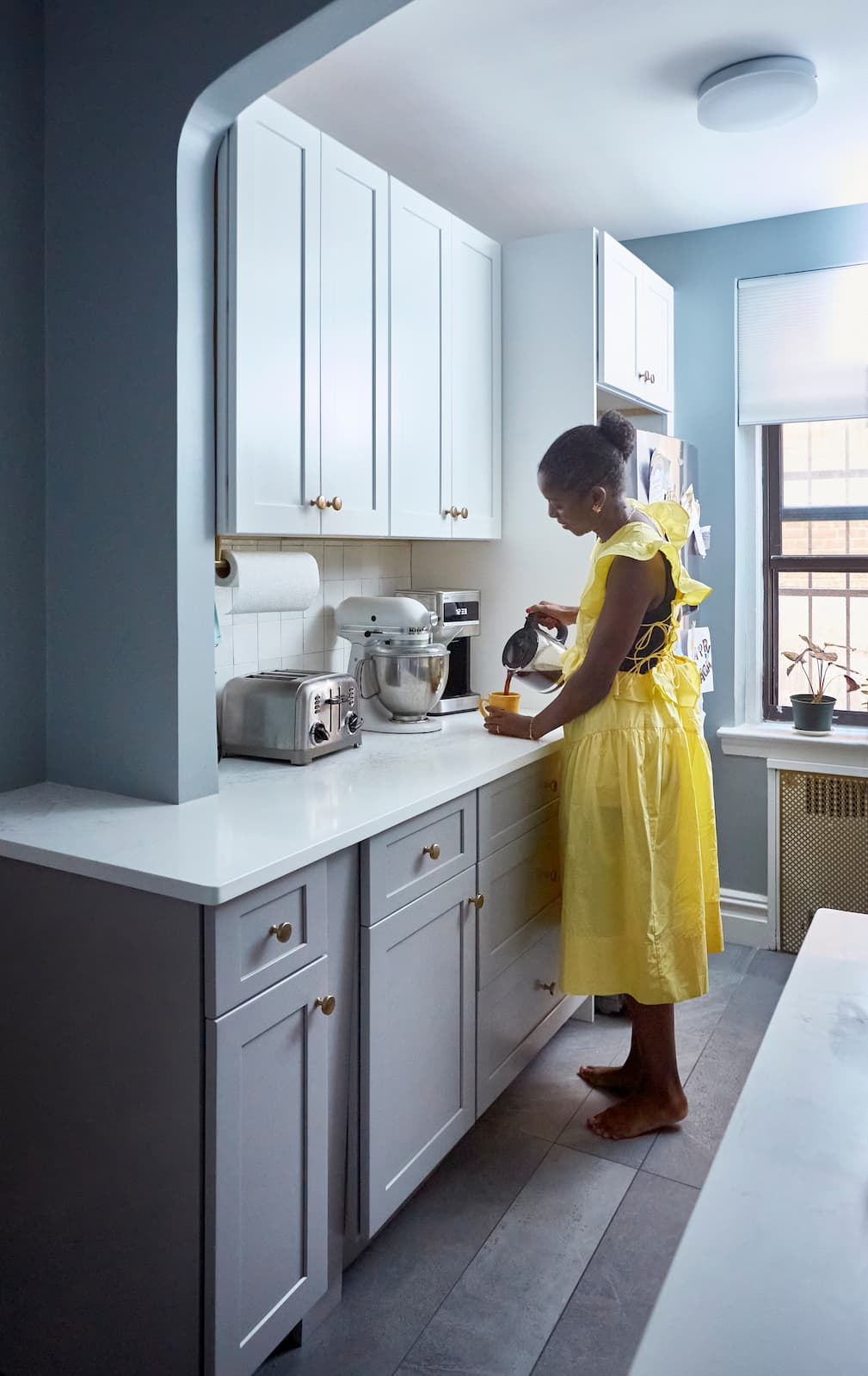
Renovate confidently with Block
Easily compare quotes from top quality contractors, and get peace of mind with warranty & price protections.
Thousands of homeowners have renovated with Block

4.5 Stars (100+)

4.7 Stars (100+)

4.5 Stars (75+)

Kitchen
How Long Does a Kitchen Remodel Take?
04.01.2025
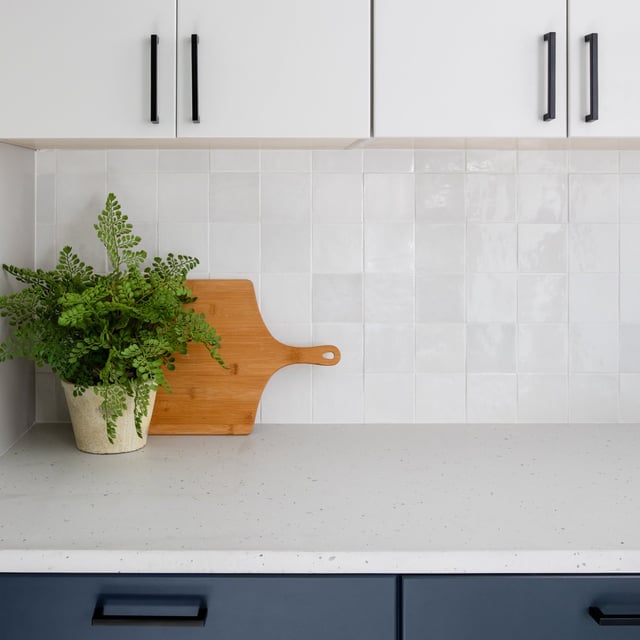
Design
The Ultimate Guide to Kitchen Tiles with Tile Options
04.01.2025
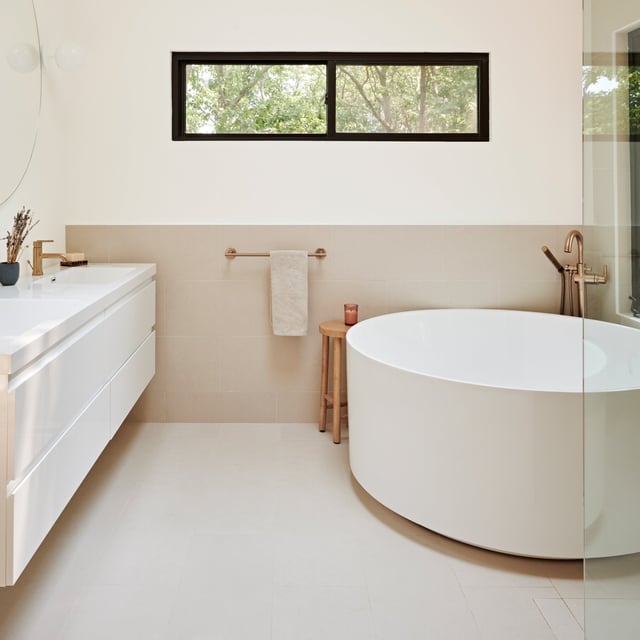
Cost
A Complete Guide to Bathroom Renovation Costs in Fairfield County (2025)
03.19.2025
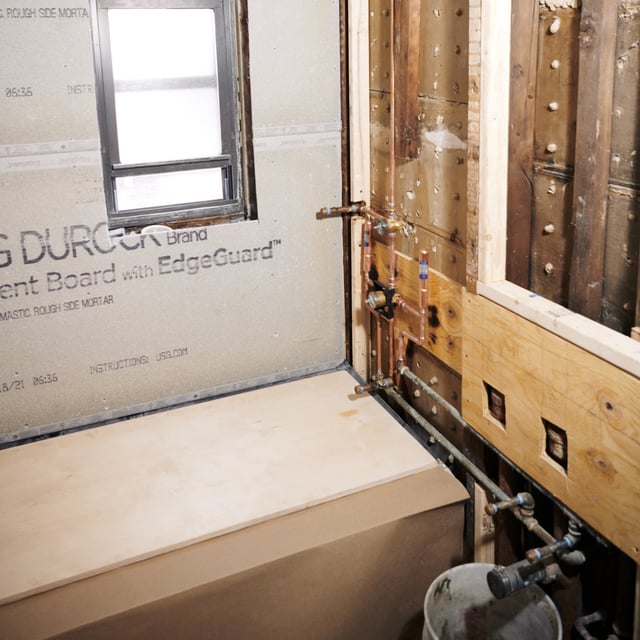
Cost
How Much Does It Cost to Add a Bathroom to a House?
03.19.2025
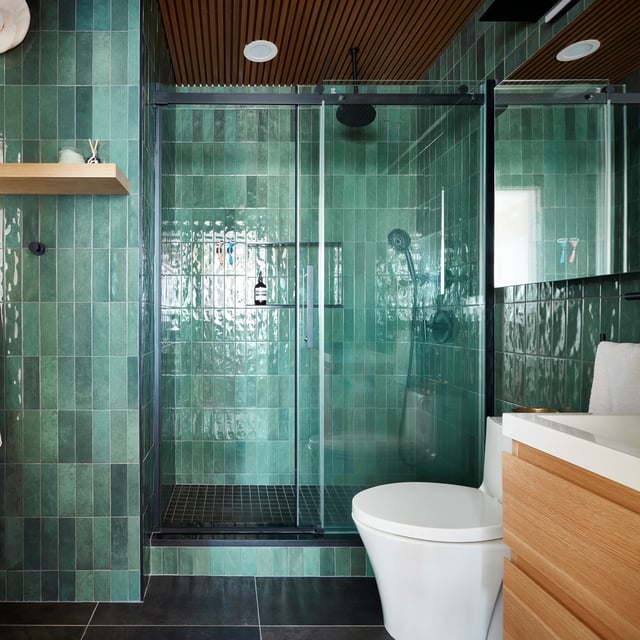
Cost
How Much Does it Cost to Install a Shower?
03.14.2025
Renovate confidently